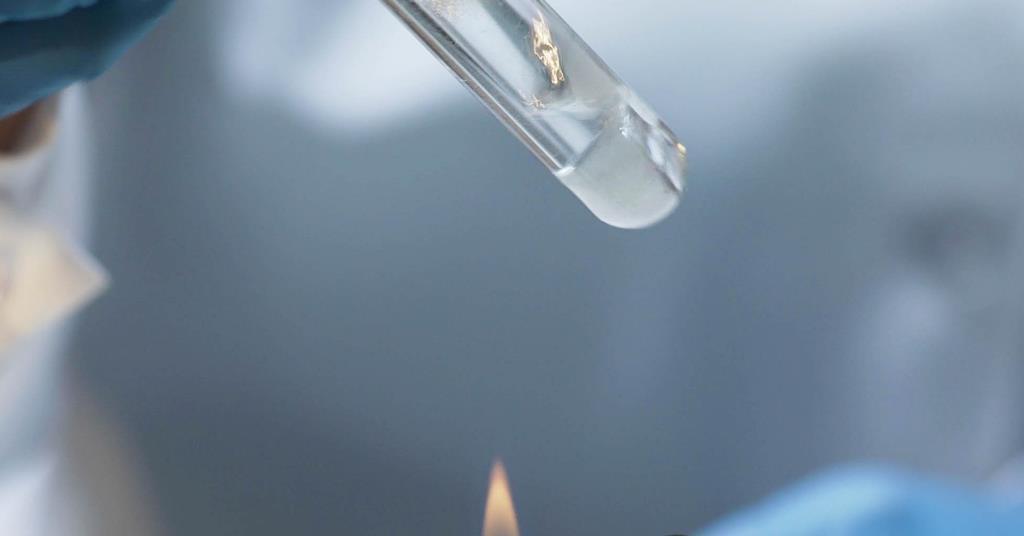Keep a close eye on students as they take a reaction tube to a Bunsen burner, and discover how to give practical experience with apparatus already in your classroom.
This experiment should take 20 minutes.
Bạn đang xem: Making a reaction tube
Introduction
Xem thêm : Navigation
There are many reactions between gases and solids which illustrate chemical principles. Heating a solid in an atmosphere of the required gas can be carried out in a modified boiling tube or test tube. Heating a Pyrex test tube or boiling tube fitted with a bung, causes the pressure to rise inside and the glass to soften. Eventually the tube fails, and a hole is made.
Although this practical is not part of any Awarding Body specification, and although the purpose of making reaction tubes is for the reaction they will contain, the overall experience is so beneficial to students that most teachers say it is a practical worth doing in its own right.
Equipment
Apparatus
- Eye protection
- Pyrex test tube (or boiling tube) (must be a borosilicate tube, such as Pyrex)
- Bung to fit
- Bunsen burner
- Heat-resistant mat
- Sharps bin required for broken glass
- Dust pan and brush
Health, safety and technical notes
- Read our standard health and safety guidance.
- Wear eye protection at all times.
- The bung needs to be clean and undamaged and make a gas-tight seal on the tube.
- In step 4 of the procedure, if the glass balloons out into a large fragile globe, this could pose a hazard. Students should be told to call over a teacher if this happens.
- You must make sure there is no broken glass on the benches to harm the pupils coming in for the next lesson.
Procedure
- Push the bung very firmly into the tube.
- Place the Bunsen burner on the mat, light it and adjust it to a roaring blue flame.
- Hold the tube by hand around the top of the tube and hold the tube in the hottest part of the flame as shown in the diagram. Make sure it is not pointing towards anyone in case the bung pops out. Heat a single spot. Do not rotate the tube.
- The glass will start to glow red and will begin to deform and then ‘pop’. It frequently blows the Bunsen burner flame out. Depending on the Bunsen burner, this usually takes between 30 seconds and two minutes.
- Relight the Bunsen if necessary and heat the glass around the hole for a few seconds. The sharp glass will retract to form a neat edged hole.
- Put the tube down on the mat to cool.
Notes
- If students are asked about what is happening to the gas inside the tube while it is heated, many say ‘It is expanding’ without thinking that it cannot expand inside a sealed tube. Others will say that the atoms are expanding.
- Eventually, they say the pressure increases. Students may be surprised by the pressure inside the tube, which is of the order of 2-3 atmospheres.
- Asking students about what is happening to the glass and why it behaves as it does is also informative.
- Hot and cold toffee makes quite a good analogy.
- Students may be surprised that the tube can be held by hand and that glass is a poor conductor of heat along the length of the tube.
- These discoveries are lost if the tube is held with a clamp stand.
Nguồn: https://vuihoctienghan.edu.vn
Danh mục: Info
This post was last modified on Tháng mười một 21, 2024 4:21 chiều

